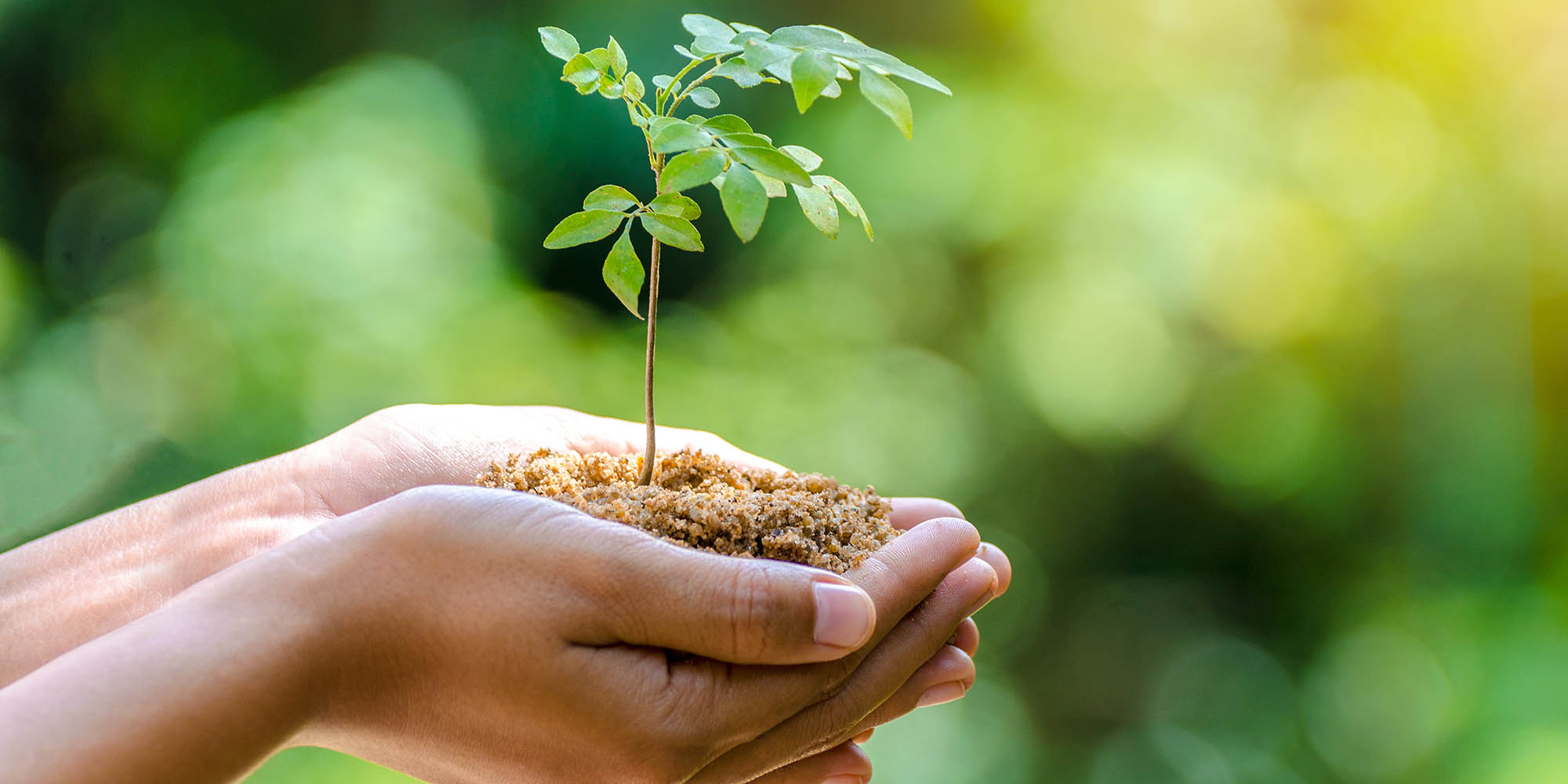- Australia
- Go to acciona.com
- Climate change continues to be at the forefront of political and social agendas across the world, with the recent United Nations Conference of Parties (COP) in Glasgow making headlines, and the world’s efforts to remain on track with the goals of the Paris Climate Agreement.

With information on climate change and the many ways we can contribute to a green future so available, let's take a look at what we can do. From increasing the demand for renewable energy such as wind power, solar power and hydro power, as well as by making small changes to daily habits, it remains possible to mitigate the effects of climate change and create a cleaner, greener planet.
Curb The Carbon
Knowledge is power, and understanding how to decrease your carbon footprint is fundamental to ‘going green’. Your carbon footprint is the total amount of greenhouse gases you release into the atmosphere due to lifestyle and activities. These greenhouse gases are linked to climate change, which is why they have become an important talking point for larger organisations as well as for those taking personal responsibility for the environment. Sustainable energy companies lead the way in developing technologies which minimise emissions from transportation, waste management and general energy consumption, and are crucial in the battle to reduce the carbon footprints of larger organisations. On an individual level, small changes such as walking and cycling rather than driving, working from home or opting for trains over airplanes are all small but effective ways to reduce your carbon footprint.
Invest In A Reusable Water Bottle
How often do you double-take upon seeing the price of bottled water? By opting for a reusable container, the cost savings are effective almost immediately. Environmentally, plastic bottles couldn't be more damaging: it is estimated that approximately 2.75 billions tonnes of carbon dioxide emissions will come from plastic by 2050. If this wasn’t bad enough, plastics take up to 700 years to dissolve. This means their impact on the environment is felt for centuries
Sustainable energy companies in Australia continue to develop technologies which reuse and recycle materials, however it is also up to individuals to examine their own habits and make adjustments to help reduce these effects.
Support Your Local
A greener future isn’t just about clean energy and technology, but also the way we conduct our daily lives. As a first step, make sure your food comes from restaurants or stores which locally source their produce. This is an excellent way to boost the local economy, but also cuts down on emissions from food transportation. If you’re interested in going further, opt for vegetarian or vegan meals which can be just as tasty and protein-rich, but without need for transportation of meat and livestock.
Food production makes up almost ¼ of the world's greenhouse gas emissions with meat and dairy accounting for around 14.5% . The adoption of a vegetarian diet, inclusive of fish, could save approximately 6 billion tonnes of CO2 each year by 2050, with a vegan diet increasing the saving to 8 billion.
Furthermore, a study by the United Nations Food & Agriculture Organisation concluded it takes more than a kg of grain to raise less than half a kg of meat. In other words, it’s more efficient to grow crops for human consumption, than it is to grow crops for animals to eat, and then turn the animals into food.
Fashion Forward
Looking toward 2022, there are so many ways to make a difference. Diet and lifestyle aside, small changes to your shopping habits can have an impact. Many fashion brands are recognising the need to have sustainability as a priority in their design and manufacturing processes, using sustainable practices wherever possible. Research from BCG has shown that sustainability in clothing and lifestyle is paramount to reaching consumers post Covid-19, with companies who can demonstrate ‘positive environmental and social impact to stakeholders’ and that are able to rebuild with a greener mindset will be more appealing to consumers. It was found that more than 50% of customers would opt for sustainable brands over the alternative, with the younger demographics preferring brands and retailers who minimise their impact on the climate, whilst simultaneously placing sustainability at the core of their strategies.
Fast fashion is a term that describes the retail business model of mass-producing on-trend items of clothing for a low cost to consumers, encouraging fast and high-volume consumerism. As a consumer, you may not initially recognise the harm that this purchasing behaviour can have on the environment, and instead be enticed by the low prices. However, fast fashion contributes to an excessive usage of water in production of clothes made with cheap materials that are difficult to break down. The low prices encourage customers to buy higher volumes of clothes – above what they need – contributing to a landfill problem when they are inevitably thrown away. There is a positive change happening in this area already, with a study by BCG showing that more than 50% of customers would opt for sustainable brands over the alternative. One way you can reduce your fast fashion purchases in 2022 is to buy clothes second-hand from opportunity shops or online trade stores like Facebook Marketplace. You could also put a limit on the number of clothes you allow yourself to buy within the year so you become more selective over your purchases.
If you’re committed to giving Mother Nature a helping hand, the use of clean energy at home, sustainable energy companies in business, and small changes to your daily routine all count toward the creation of a greener future.